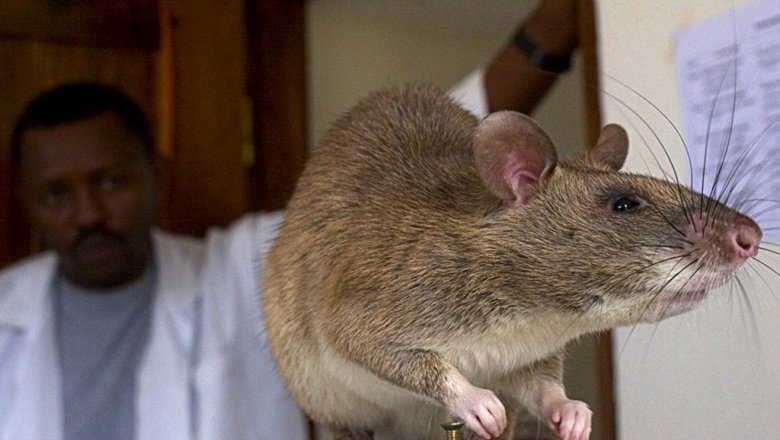Rats found neurons of the sensitivity
Researchers from Berlin’s Humboldt University have found the neural correlates of the sense of tickling in rats, identifying areas of deep layers of the somatosensory cortex excited in response to the tickling. The article was published in the journal Science.

Tickling is divided into two types. “Knismesis” (in Greek means “itch, itch”) is a light tickling, which does not cause laughter, such as feeling the touch of the feather or creeping on the skin of the insect, and “gargalesis” (also “itching”, but stronger than knismesis) is a more energetic touch, causing laughter. Response to knismesis man can arouse himself, and the answer to gargalesis usually no (except for people with schizophreniform features of personality or schizophrenic disorders). Despite the fact that scientists have long been interested in gargalesis, the main issues relating to this phenomenon, still remain unanswered. So, it is unclear why this type of tickling causes laughter, why is she so depends on my mood, why the parts of the body differ in sensitivity to tickling, why man normal cannot tickle themselves and why the laughter from tickling is different from ordinary laughter. To answer these questions requires an understanding of the neural correlates of ticklish sensations — that is, an understanding of which areas of the brain are activated when tickling and how they interact with other parts of the brain.
To search for such neural correlates scientists are tickling rats for different parts of the body and recorded them “laugh” ultrasonic vocalizations a frequency of about 50 kHz that rats emit in response to the tickling.
They also recorded the activity of the somatosensory cortex — the largest neural representation of tactile sensations in mammals.
Tickling caused in rats by ultrasonic vocalization and spontaneous jumps (“jumping with joy” as they call them authors, German freudensprünge), with the greatest number of jumps and ultrasonic vocalizations evoked a tickling of the belly.
Check the activity of the somatosensory cortex showed that while tickling is excited most neurons in the deep layers of the neural representation of the body in the somatosensory cortex (layers 4 and 5; a total of six layers). Artificial electrical stimulation of these neurons led to the rats the same “laugh” as a real tickle.
Interestingly, the play behaviour consisted of the pursuit of the hand of the experimenter, led to the initiation of the same groups of neurons, and tickling, and provoked a “laugh”. Previously, in other studies it was shown that the same rats emit vocalizations during games between them. All this, according to the authors, indicates the neuronal connection between the game behavior and tickle.
See also British scientists have explained why there are “British scientists”
British scientists have explained why there are “British scientists”
Scientists placed rats in anxiogenic (causing anxiety) conditions to see how the mood affect the sensitivity to tickling. For this, rats were illuminated with bright light or were put on a high platform. It turned out that in such disturbing conditions, the activity of the “sensitive” region of the somatosensory cortex and the intensity of ultrasonic vocalizations suppressed.
As the authors conclude, this similarity of the effects of tickling in rats and humans — for example, laughter and dependence on mood — suggests that tickling is a very ancient form of social interaction of the game. A similar conclusion was recently made by scientists regarding laughter: was that the sound of joint laughter is a reliable indicator of the degree of intimacy of laughing, which does not depend on linguistic and cultural differences. In other words, this figure is phylogenetically more ancient than the language itself.
Sophia Zolotovskaya